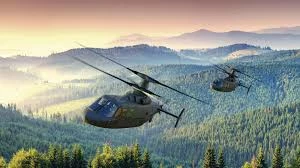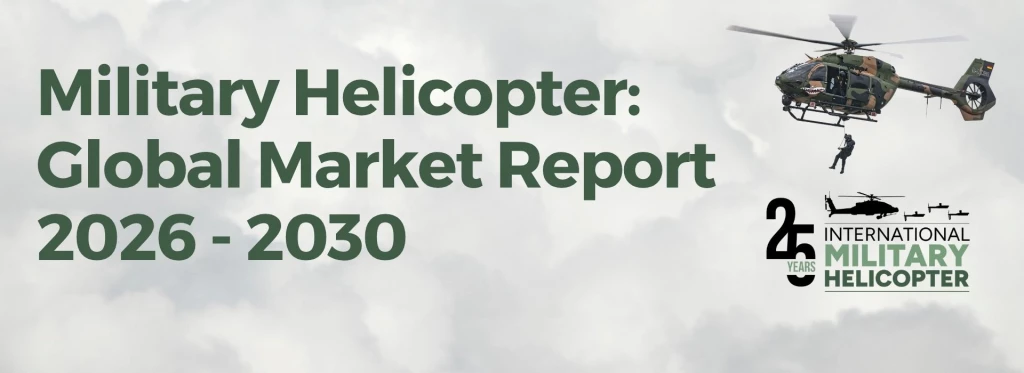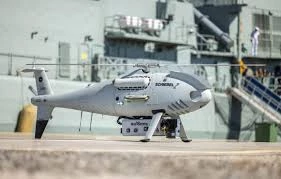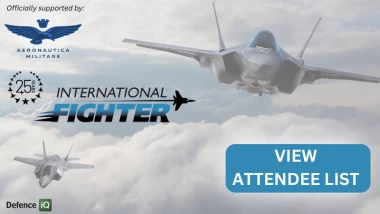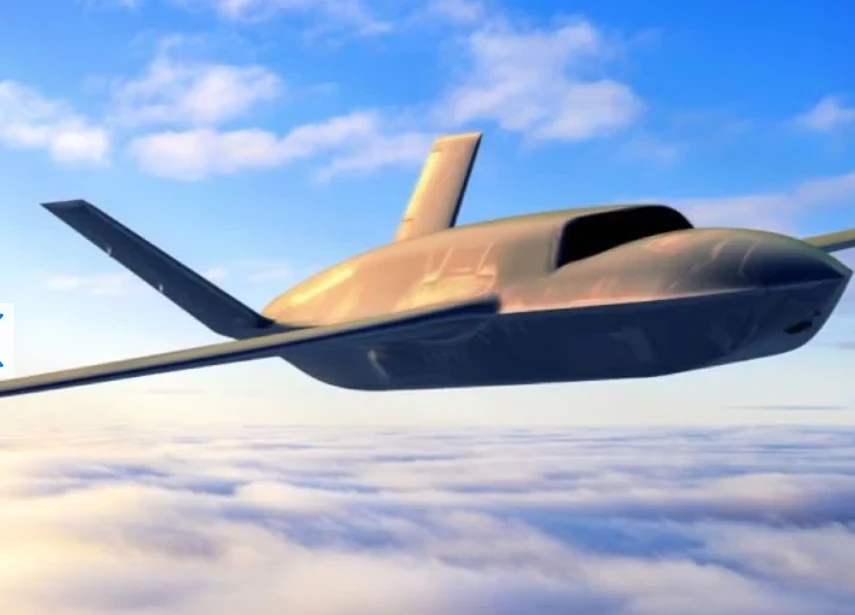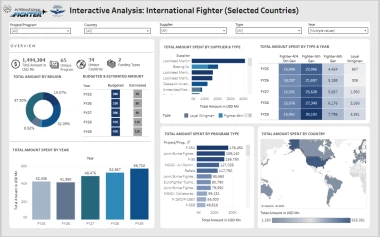Royal Danish Air Force looking to revolutionise MEDEVAC with mobile wards
Add bookmark(Photo: Jean-Michel Ferrieux)
The Royal Danish Air Force’s Air Transport Wing is developing a revolutionary new approach to in-flight medical evacuation (medevac) that could have a lasting impact on the treatment of soldiers and help save lives. Both Dr Claus Lie, Head of the RDAF airevac squadron, and Dr Jean-Michel Ferrieux are leading the development of medevac containers, or modules, that can be loaded into the cargo bay of an aircraft to act as a kind of mobile medical ward.
Denmark has a small army with finite aerial assets. During the wars in Iraq and Afghanistan the Danish armed forces could rely on UK or US for medevac support but since the drawdown last year medical evacuation missions have become less coordinated. Denmark only has the four-engine turboprop C-130, which is relatively slow and cumbersome aircraft, certainly when compared with Boeing’s C-17 operated by NATO forces. Moreover, the limited number of aircraft spread across the RDAF means one is rarely available to use as a dedicated medevac asset; all are needed for tactical or strategic operations.
Denmark has realigned its overseas interests post-Afghanistan and is now operating in Africa and the far Middle East. Not only can Denmark no longer rely on the RAF or USAF to help performing aero-evacuation in this new operating environment, access to good medical facilities locally is also thin on the ground.
"In Africa the situation is significantly different because there is no longer a coordinated multi-national mission like in Iraq and Afghanistan so when I say we’re in Africa, we’re there more or less on our own," Dr Ferrieux told Defence IQ.
"We have to manage with what we’ve got. There are a few French Role-2 facilities in Africa, one in Chad and one in Gabon as far as I know, and there is also a civilian facility in Dakar in Senegal but the distance between that and Mali – where we have been operating – makes it really challenging to take care of a wounded soldier."
Chad and Dakar are around a three hour flight from Denmark’s operating base in Mali, making it a long and precarious journey for the patient.
In the medevac community the renowned ‘golden hour’ has, if anything, been upstaged by the ‘platinum hour’ in recent years. A three hour medical care vacuum is not something the armed forces are aspiring to in 2015.
That’s why Denmark is developing a new concept, a new approach to medevac. The RDAF intends to start doing damage control at the site of the injury just before evacuation or damage control during flight.
"In order to go to Africa where there are no medical facilities – or at least no local facilities that are good enough compared to our standards – we are having to develop new equipment," Dr Ferrieux said when explaining the idea behind the new medevac containers.
"We have developed special containers that fit in the cargo bay of the aircraft and these act as mobile air evacuation wards. We have four 6ft containers at the moment and up to two can be loaded onto our aircraft. In each container – or module – we can fly up to 12 patients.
"Each new module is built on a flight pallet, so the idea is to have these modules attached to each other like Lego blocks, according to the current mission."
"This would give us a modular capability. The modules would be for either general use or they could be designed for a specific scenario; for instance one could be for surgery, another for resuscitation, another for isolating infected patients…you name it!
"These air evacuation pallets are being built now because the next time we go to Mali, which might be in the next few months, we want to bring them with us."
[eventpdf]
The idea is to bring a Critical Care Air Transport Team (CCATT) with the rest of the detachment along with all the necessary medevac equipment. The RDAF expects the aircraft to do its tactical missions as required but if there was a wounded soldier all of the equipment would be loaded into the aircraft, which would take no more than about 15 minutes according to Dr Ferrieux, fly to the location where the patient is and get them inside the container to do damage control. Whether the patient is treated on-site or in-flight is dependent on the level of the threat on the ground. Dr Ferrieux indicated that this approach is a combination of tactical medevac with strategic air evacuation. If this modular system were implemented in the current operating environment, the RDAF would fly to the medical facility in Dakar or directly back to Denmark.
A critical care team has practiced the first stage of this approach, which involves getting the patient fit for flight within one hour of receiving the injury.
"We brought surgeons and our modules to the location of the simulated patient, which was treated within one hour and then they took off," said Dr Ferrieux.
"Now we are looking at practicing the next stage of this concept but there are ethical concerns and hurdles involved with this because we would need to use live pigs. It’s very difficult to get the required agreements to perform on live tissue, so that has impeded the progress of the project a little."
This is one of the critical challenges facing the Danish team. But the ethical question is not an isolated problem, it is fused together with other components that must also be addressed . Dr Ferrieux explains:
"There are of course challenges with in-flight medevac. Turbulence is one. When the aircraft is flying at high altitudes this is not an uncommon occurrence so we need to address that.
"There is also the problem of vibration throughout the aircraft, which happens more frequently in our propeller aircraft. Our modules can filter quite a lot of the vibration but not all so it is a serious challenge for the surgeon or anaesthetist. That means we need to practice and the only realistic way to do that is on live tissue, on pigs. We need more than dolls because the differences [between live tissue and prosthetic materials] are so vast. So there is that ethical challenge too."
What are the benefits?
"The main benefit of in-flight care allows us to provide treatment and medical support that cannot be found or accessed locally. Trying to do more care in-flight means we need to bring our own on-site treatment facility because we cannot rely on the local resources. While difficult this brings a number of benefits as it means our own equipment, our own team, our own expertise can be brought directly to our patients. It means we are delivering the best care possible to wounded or sick soldiers.
"The other key benefit is that it allows us to treat the patient immediately. In-flight care would allow us to provide all the medical facilities the patient would require in order to save their life within minutes of arriving on-site. If the injury was severe we could potentially start an operation within five minutes of arriving.
"The concept of operating in-flight means that we can provide surgical or medical care to the patient for the entire duration of the flight either back home to Denmark or the closest acceptable medical facility. There is no gap in treatment from our initial observation and care at the injury site to when we land at the medical facility."












